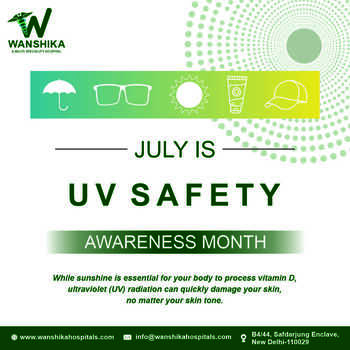Orthopedic
A WORLD-CLASS MULTI SPECIALITY HOSPITAL
Orthopedics, or orthopedic surgery, is a medical specialitiy that focuses on the musculoskeletal system, which includes bones, joints, muscles, tendons, ligaments, and other related structures. Orthopedic surgeons diagnose, treat, and manage a variety of musculoskeletal conditions, ranging from injuries to degenerative diseases. Here are the key aspects of orthopedics:

Common Conditions and Treatments:
- Closed Reduction and Casting: Realigning and immobilizing fractured bones without surgery.
- Open Reduction Internal Fixation (ORIF): Surgical realignment and stabilization using screws, plates, or rods.
1. Fractures and Trauma:
- Joint Replacement Surgery: Total or partial replacement of arthritic joints, such as hips or knees.
- Joint Preservation: Procedures to delay or prevent the need for joint replacement.
2. Arthritis:
- Arthroscopic Surgery: Minimally invasive procedures to diagnose and treat joint issues (e.g., torn ligaments, cartilage damage).
- Tendon and Ligament Repair: Surgical repair of damaged tendons or ligaments.
3. Sports Injuries:
- Spinal Fusion: Surgical stabilization of the spine.
- Discectomy: Removal of a herniated disc.
4. Spinal Disorders:
- Limb Salvage Surgery: Removal of tumours while preserving limbs.
- Reconstruction: Surgical rebuilding after tumour removal.
5. Orthopedic Oncology:
- Developmental Hip Dysplasia Treatment: Harnesses or braces to correct hip abnormalities in infants.
- Scoliosis Correction: Surgical and non-surgical approaches to manage spinal curvature.
6. Pediatric Orthopedics:
- Carpal Tunnel Release: Surgical treatment of compressed nerves in the wrist.
- Tendon Repair: Surgical restoration of damaged tendons.
7. Hand and Upper Extremity Surgery:
Diagnostic Tools:
- X-rays: Imaging for bone and joint conditions.
- MRI (Magnetic Resonance Imaging): Detailed imaging of soft tissues and joints.
- CT (Computed Tomography): Detailed cross-sectional images, useful for complex fractures or spinal conditions.
- Bone Density Scans: Assess bone strength and risk of fractures.
- Arthroscopy: Minimally invasive inspection of joints using a small camera.
Non-Surgical Interventions:
- Physical Therapy: Exercise programs to improve strength and mobility.
- Bracing and Splinting: Supportive devices to stabilize and protect injured areas.
- Medications: Pain management and anti-inflammatory drugs.
- Injections: Corticosteroids or viscosupplementation for joint pain.
Advances in Orthopedics :
- Minimally Invasive Surgery: Techniques that reduce incision size, leading to faster recovery times.
- Biologics: Innovative treatments using substances derived from the patient’s own body to promote healing.
- Robotics: Assistive technology for precise and controlled surgical procedures.
Orthopedics plays a vital role in restoring function and relieving pain associated with musculoskeletal conditions. Early diagnosis, appropriate interventions, and rehabilitation contribute to improved outcomes and quality of life for individuals with orthopedic issues.

